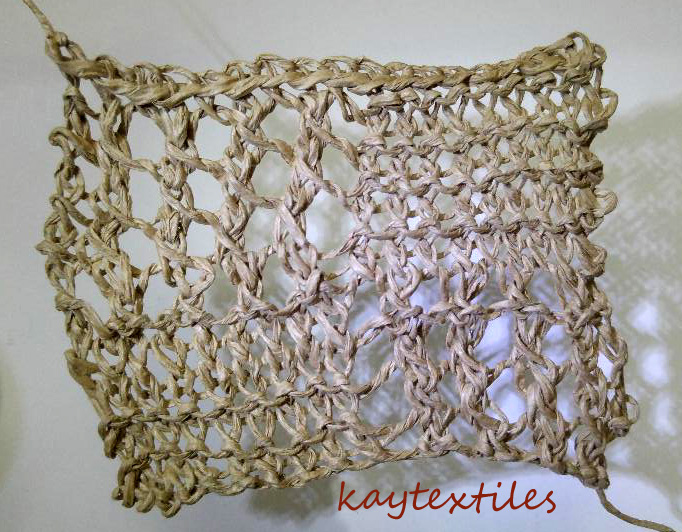Diploma Module 1 Chapter 2 – Use of Sketchbook - revisited
Following very helpful feedback from Sian, I am going to linger a little on this chapter to look at birds in flight. Using the YouTube video
Seagulls in flight, as Sian suggested, I paused it when I saw an interesting shape. Then using monoprint and monotype techniques, which necessitate quick drawings, I made some prints. Some were more successful than others! I was hoping the initial, together with the ghost prints, might give me something useful for shadows. As this is normally an oil-based printing ink technique, there was some trial and lots of error, but it began to work with acrylic paint when I used retarder. To slow the drying of acrylics while working I normally use a couple of drops of clear washing up liquid but either the stove was making the acrylics dry too quickly, or I was working too slowly, I had to resort to retarder.
Now I also have to admit, when I came to write up my blog, I wasn't sure how I made one of the prints (Images 135)...and I only did them yesterday! Senior moment! Let's just hope I don't have to repeat it. This brings the realisation of how important it is to write things down as you work, particularly on these quick print sessions, as speed is of the essence before the media dry out...and one does forget.
Image 122 - Drawing with Intense Blocks on clear Polyprop print sheet and given fine spray of water.
Image 123 - I tried to get a print of this...unsuccessfully! The tissue disintegrated and two pieces of photocopy paper lifted nothing except a swirly black mess. In hindsight, rather than spray the drawing I might have been better trying to lift the image onto a damp piece of heavy sketchbook paper as I seem guilty of over-watering. Decided to try another approach.
Image 124 - Using a home-made gelli plate about A5 size -
gelli plate recipe - I inked the plate with Payne's Grey acrylic with Golden Retarder. The drawing into the acrylic was done with a cotton bud and a print lifted on photocopy paper.
Image 125 - Transfer Drawing Monotype overlay sketch in biro (this was used again for tracing in Images 128 and 129). The glass plate underneath was inked with Payne's Grey acrylic, rather too thickly as it turned out.
Image 126 - first print from above.
Image 127 - second print
Image 128 - using the sketch produced in Image 125 another series of prints was made, again inking the plate with Payne's Grey acrylic and this time adding Golden Retarder to slow down the drying time whilst spreading the paint thinner on the plate.
Image 129 - second print from above
Image 130 - Transfer Drawing Monotype overlay sketch in biro, on glass plate inked with Payne's Grey acrylic but without retarder. Paint drying before print produced. Also forgot to put another piece of paper under the paper I was drawing on with the biro so the printed image is on the reverse of the biro sketch. Whoops!
Image 131 - Print from above.
Image 132 - Ghost print from above.
Image 133 - Plate from above after images taken.
Image 134 - Transfer Drawing Monotype overlay sketch in biro on glass plate inked with Payne's Grey acrylic without retarder.
Image 135 - Print from above. Again paint drying out before image could be produced on paper beneath.
Image 136 - Gelli print. Plate inked with Payne's Grey acrylic plus Golden Retarder. Image drawn with cotton bud.
Image 137 - Ghost print from Image 136.
Image 138 - Gelli print. Plate inked with Golden Open Acrylic (blue) and Golden Retarder. Image drawn with pointed rubber tipped tool. Converted to black and white in Photoshop.
Image 139 - Ghost print from Image 138. Spooky!




































